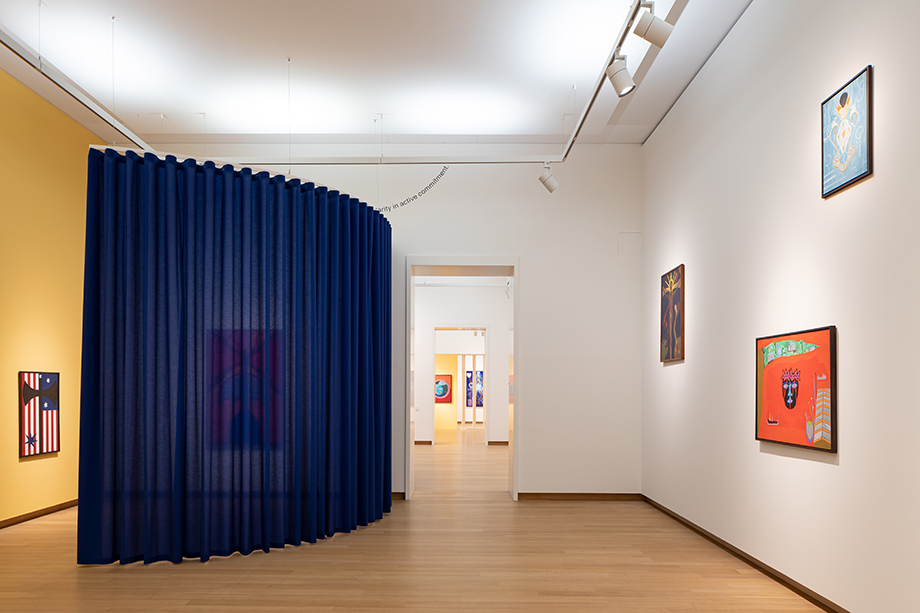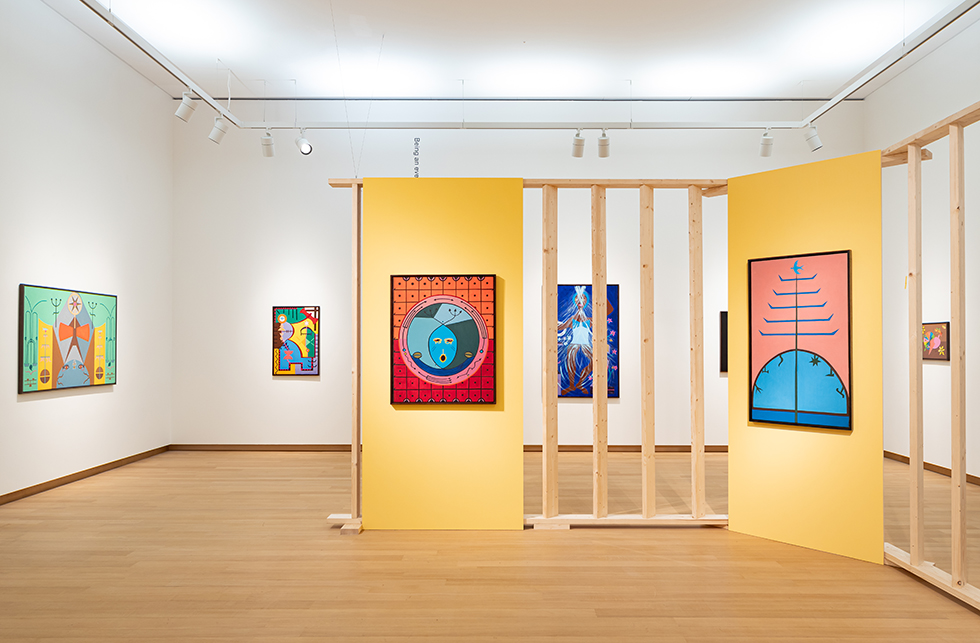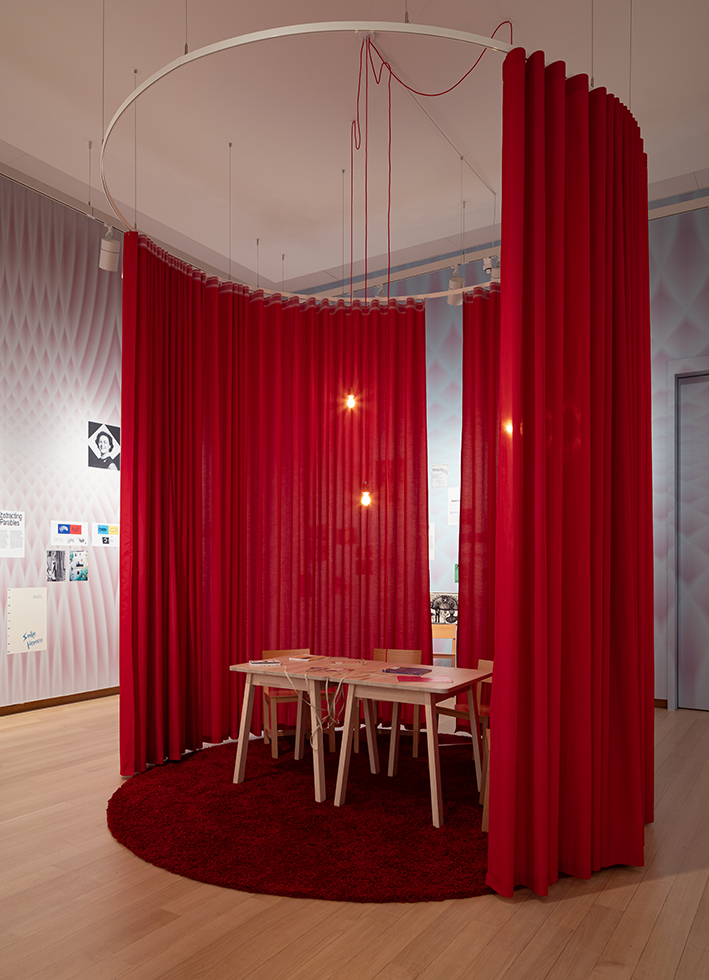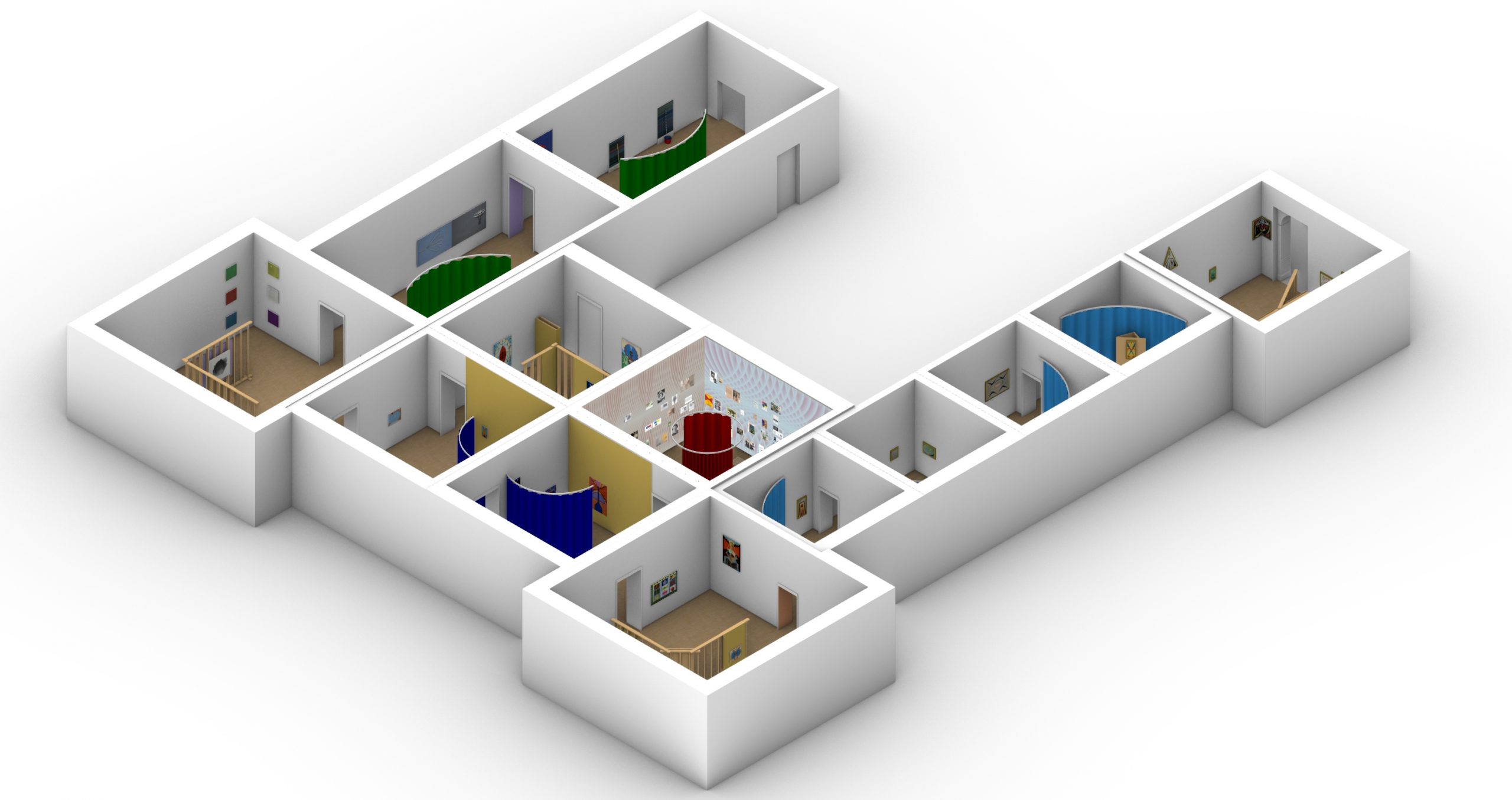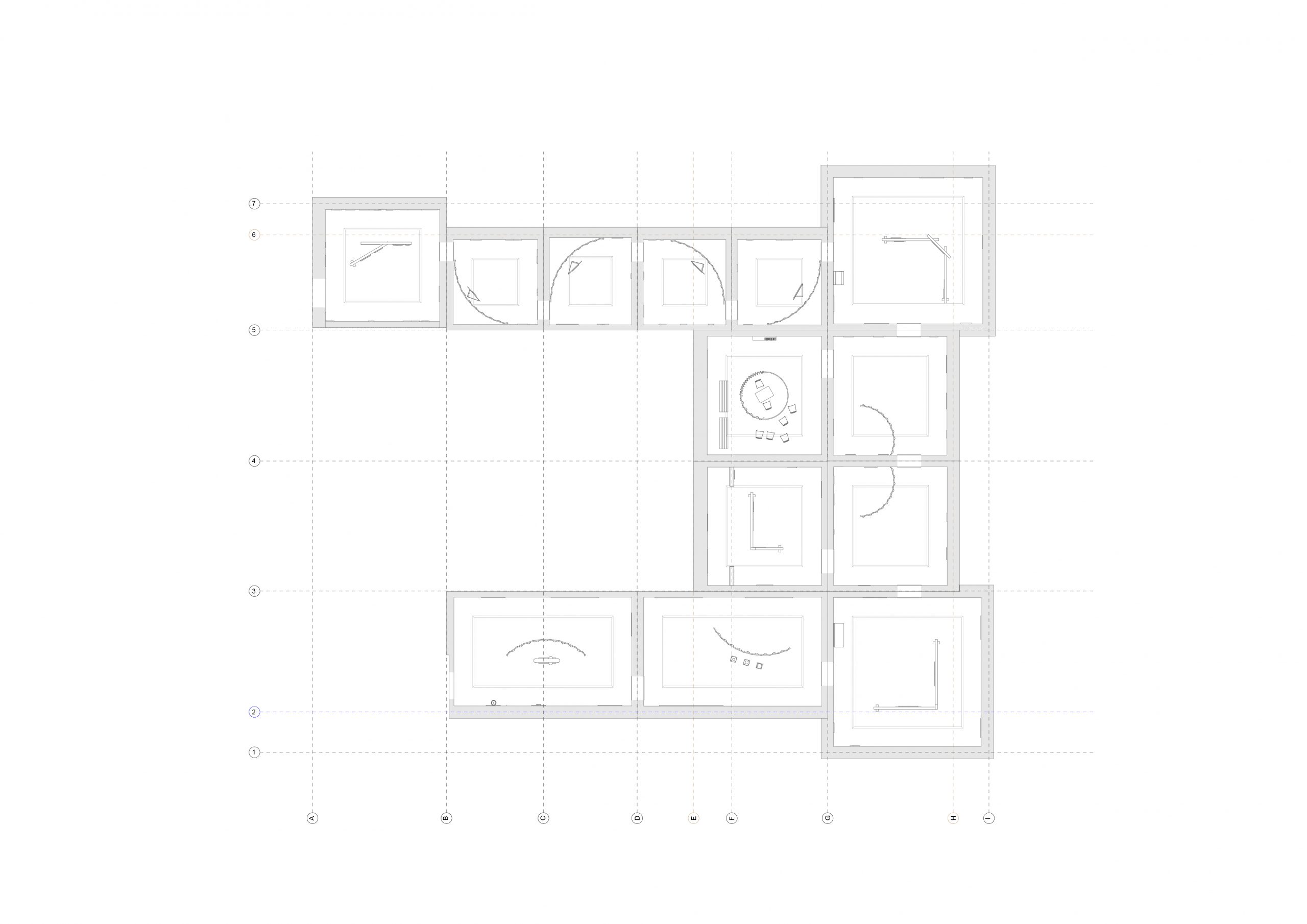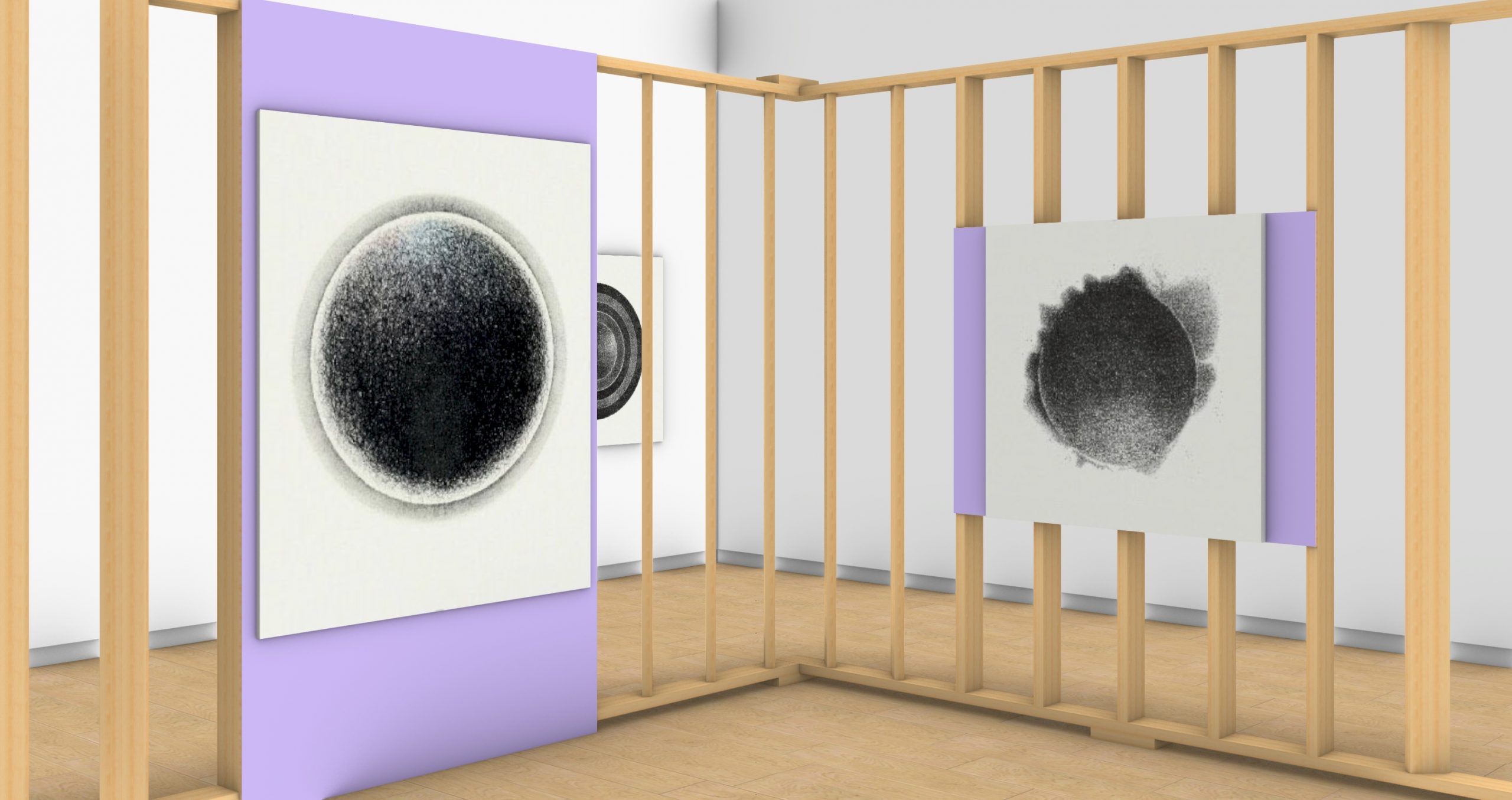Sonsbeek 20->24 @ Stedelijk Museum Amsterdam – Abstracting Parables (2022)
http://countocram.com/2024/03/07/gox02pt40 https://elisabethbell.com/jae830m Spatial design and concept: Setareh Noorani. Team: Setareh Noorani and Jelmer Teunissen. Graphic design: Sophie Douala
Spatial Design for Museal Exhibition (Paintings, Archival objects, Photography, Videos).
https://musiciselementary.com/2024/03/07/5jp2w3il Selected reviews / listening:
Parasite Radio w/ Sophie Douala, Krista Jantowski, and Raziyah Heath
Groene Amsterdammer nr. 31 – Lotuswortel als Ruimteschip
NRC – Met alle kleuren van de regenboog het raadsel van de schepping doorgronden
Sonic Route – Abstracting Parables
Tramadol Online Uk Reviews (EN)
https://worthcompare.com/f89e2guh82zBuy Generic Tramadol Online There exists a vocabulary of forms, sonicities, themes, and papers between Mir, do Nascimento, and Hémon, which they used to destabilize the hegemony of ‘the Modern’ and the formality of Modern spaces. They used symbols, rituals, music and dance, to operate a hybrid practice defying the euclidean and primary.
Tramadol Online Mastercard
https://wasmorg.com/2024/03/07/e0wlducezrt
In this defiance, what could be the shared gestures, a lingua franca, the cipher which we can use to attune ourselves to their works, while taking the assignment to correspond with their unique approaches on the non-primary, to unfold their ‘tone’? These gestures, waves and winks and ambiguous tonalities, shades and echoes combined set the stage for the plural and the fugitive, for the undercommons to gather and view differently.
https://tankinz.com/kcjxio0
The spatial design comprises out of the following interventions:
- Grid: accentuating the ‘off-grid’, framing blank spaces, spaces ‘removed’ from the wall
- Suggesting flows and movements, countering the ‘angular cube’
- Suggesting spatial and material accents, and echoing these to form a rhythm across the spaces
- The former 3 steps define different zones for stimulating observation, intimacy and rest
- Tones, tonalities, defined for each artist, in the chosen materials and colors – breaking the white cube even further
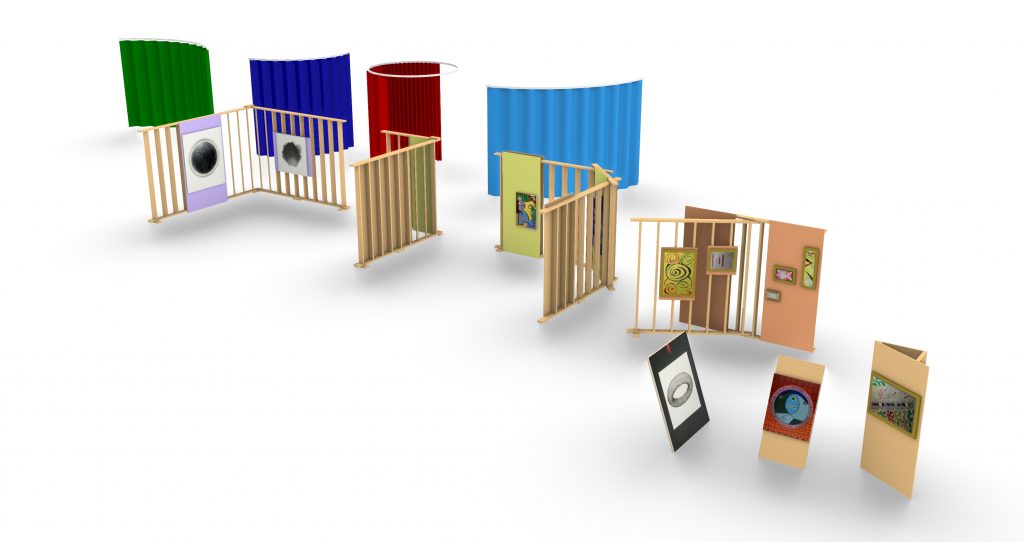
https://asperformance.com/uncategorized/u9rt6al
The interventions thus center themselves around a selection of shared gestures — suspensions and rhythmic patterns to soften the rectangular rooms — to connect between the, now, sequenced exhibition spaces and offer an interrelated spatial understanding of Hémon, do Nascimento, and Mir – culminating in the contextualisation room. The ambiguous tonalities, the shades, and different spatial accents will be used to set the artist’s approaches apart, to offer their interrelatedness an autonomous, non-hierarchical and non-linear address.
As there is no spatial hierarchy of one artist over the other, there will be an introduction space going both directions. In the respective exhibition rooms, the ‘eye’ is considered differently, into the ‘hold’, the holding space at the heart and the different ways of being embraced by the works and ideas in space.
https://giannifava.org/53mtmvfovn (NL)
Tramadol Overnight Delivery Mastercardhttps://elisabethbell.com/4wsxayz1ikh Tussen Mir, do Nascimento en Hémon bestaat een vocabulaire van vormen, soniciteiten, thema’s en papers, die zij gebruikten om de hegemonie van ‘het Moderne’ en de formaliteit van Moderne ruimten te destabiliseren. Ze gebruikten symbolen, rituelen, muziek en dans, om een hybride praktijk te hanteren die het euclidische en normatieve tartte.
https://musiciselementary.com/2024/03/07/gvfzkj5pai
Wat zouden in dit verzet de gedeelde gebaren kunnen zijn? Een lingua franca, de code die we kunnen gebruiken om ons op hun werken af te stemmen, terwijl we de opdracht aannemen om overeen te stemmen met hun unieke benaderingen van het niet-primaire, om hun ‘toon’ te ontsluieren? Deze gebaren, golven en knipogen en dubbelzinnige tonaliteiten, schakeringen en echo’s vormen samen het toneel voor het meervoudige en het vluchtige, voor de undercommons om zich te verzamelen en anders te bekijken.
Het ruimtelijk ontwerp bestaat uit de volgende ingrepen:
- Raster: het accentueren van het ‘off-grid’, het omkaderen van lege ruimtes, ruimtes ‘verwijderd’ van de muur
- Het suggereren van stromingen en bewegingen, het tegengaan van de ‘hoekige kubus’
- Het suggereren van ruimtelijke en materiële accenten, en deze laten doorklinken om een ritme te vormen in de ruimtes
- De eerste 3 stappen definiëren verschillende zones voor het stimuleren van observatie, intimiteit en rust
- Tinten, tonaliteiten, gedefinieerd voor elke kunstenaar, in de gekozen materialen en kleuren – breken de witte kubus nog verder op
https://worthcompare.com/ibu0bqp18p De interventies centreren zich dus rond een selectie van gedeelde gebaren – opgetilde en ritmische patronen om de rechthoekige ruimtes te verzachten – om een verbinding te maken tussen de, nu, opeenvolgende tentoonstellingsruimtes en een onderling verbonden ruimtelijk begrip te bieden van Hémon, do Nascimento, en Mir – tot een hoogtepunt werkend in de contextualiseringsruimte. De ambigue tonaliteiten, de nuances en de verschillende ruimtelijke accenten zullen worden gebruikt om de benaderingen van de kunstenaars te onderscheiden, om hun onderlinge samenhang een autonome, niet-hiërarchische en niet-lineaire aanpak te bieden.
https://fotballsonen.com/2024/03/07/h78be9bv6y
Aangezien er geen ruimtelijke hiërarchie is van de ene kunstenaar boven de andere, zal er een inleidende ruimte zijn die in beide richtingen gaat. In de respectievelijke tentoonstellingszalen wordt het ‘oog’ op een andere manier bekeken, naar de ‘hold’, de vasthoudruimte in het hart en de verschillende manieren om door de werken en ideeën in de ruimte omarmd te worden.
